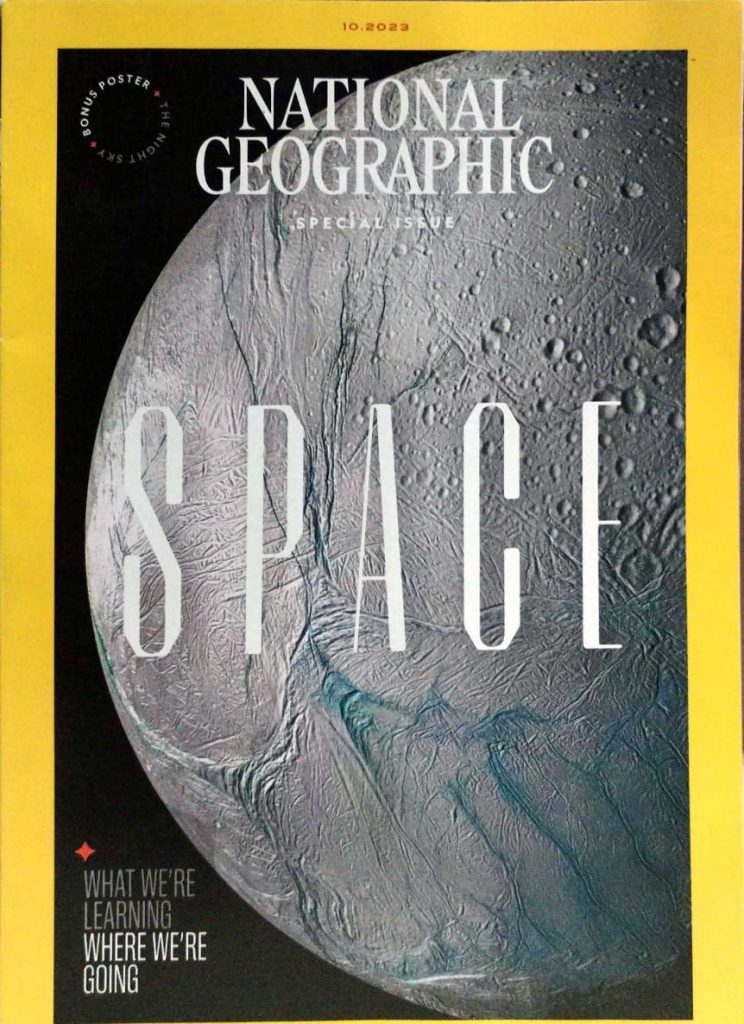When the universe was young, more than 13 and a half billion years ago, no stars shone in the abyss. Astronomers call this era the dark ages, a time when the cosmos was filled with hydrogen and helium gas, the raw material for all the worlds to come.
A mysterious substance known as dark matter existed too, its gravity pulling the gas into an elaborate web. As things expanded and cooled, some of the dark matter consolidated in immense orbs, driving the gas to their cores. The rising gravitational pressure within these halos, as astronomers named them, forced hydrogen atoms to fuse into helium, igniting the primordial universe’s first stars.
I watched the spark of cosmic dawn, through 3D glasses. Sitting in front of a projector at the Kavli Institute for Particle Astrophysics and Cosmology at Stanford University, I marveled at filaments of dark matter, a ghostly gray on the screen, branching between halos as the universe stretched. Maelstroms of newly born stars spiraled to the centers of the halos to form the first galaxies.
Read more>>https://www.nationalgeographic.com/premium/article/nasa-webb-telescope-earliest-galaxies-photography

